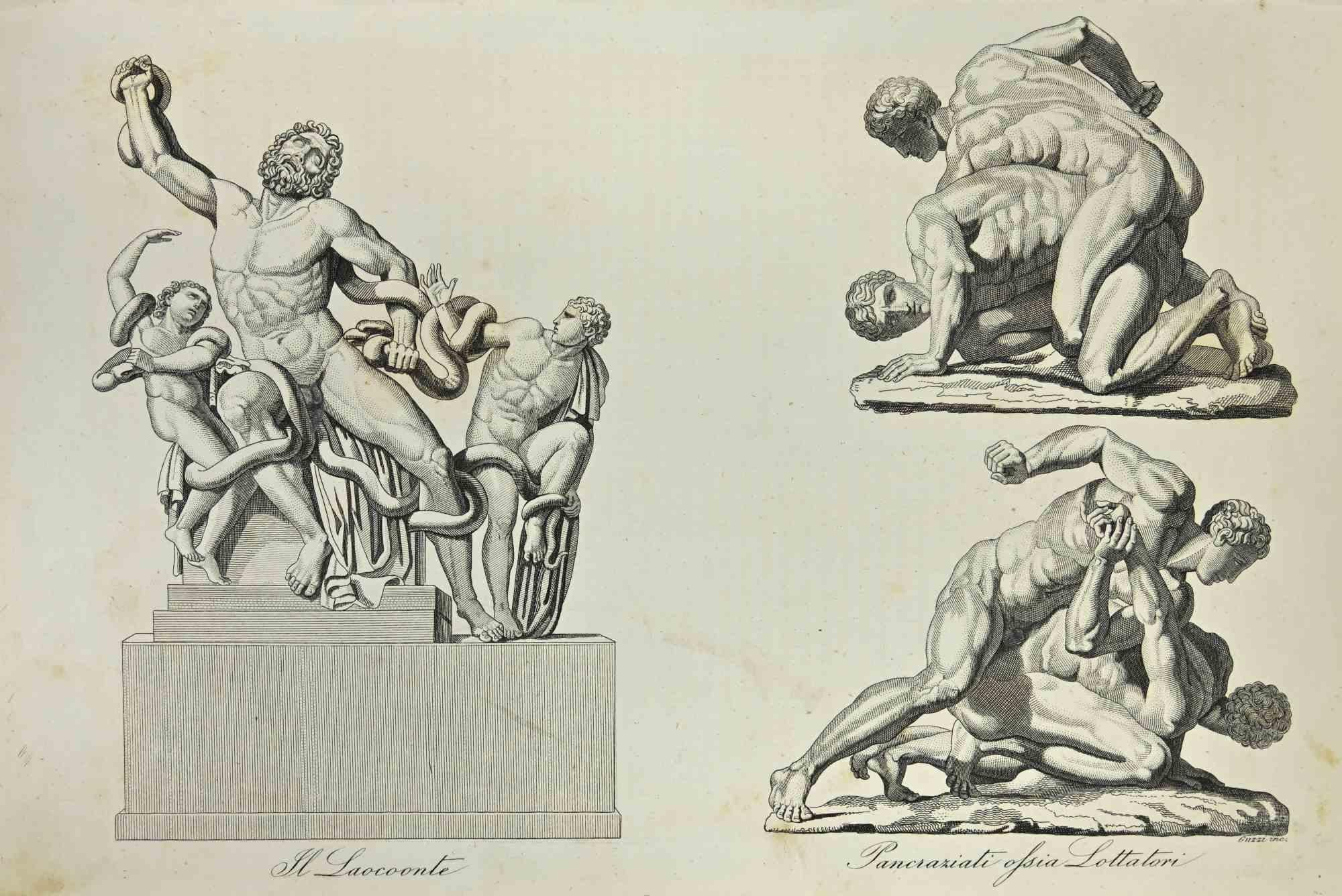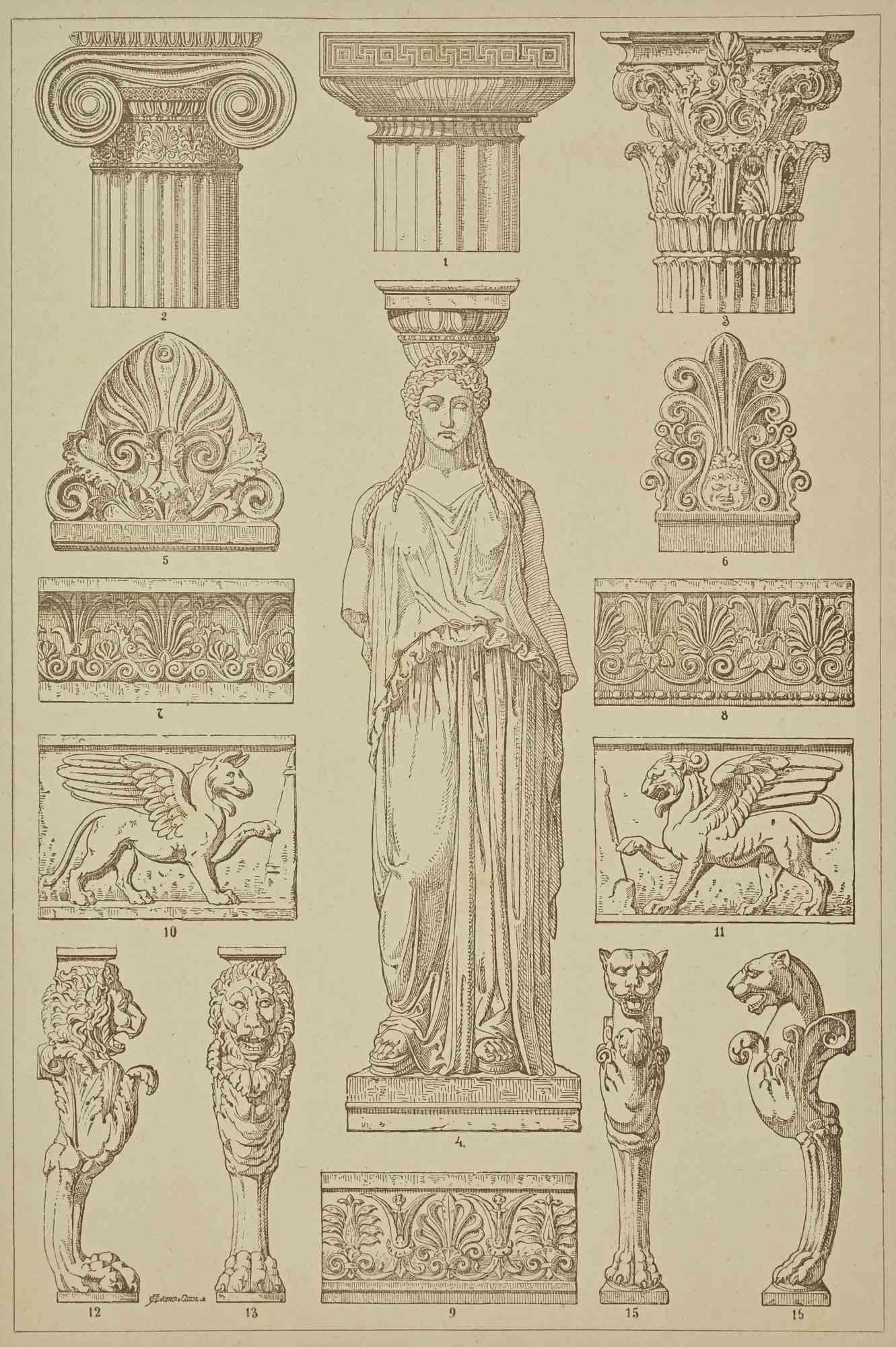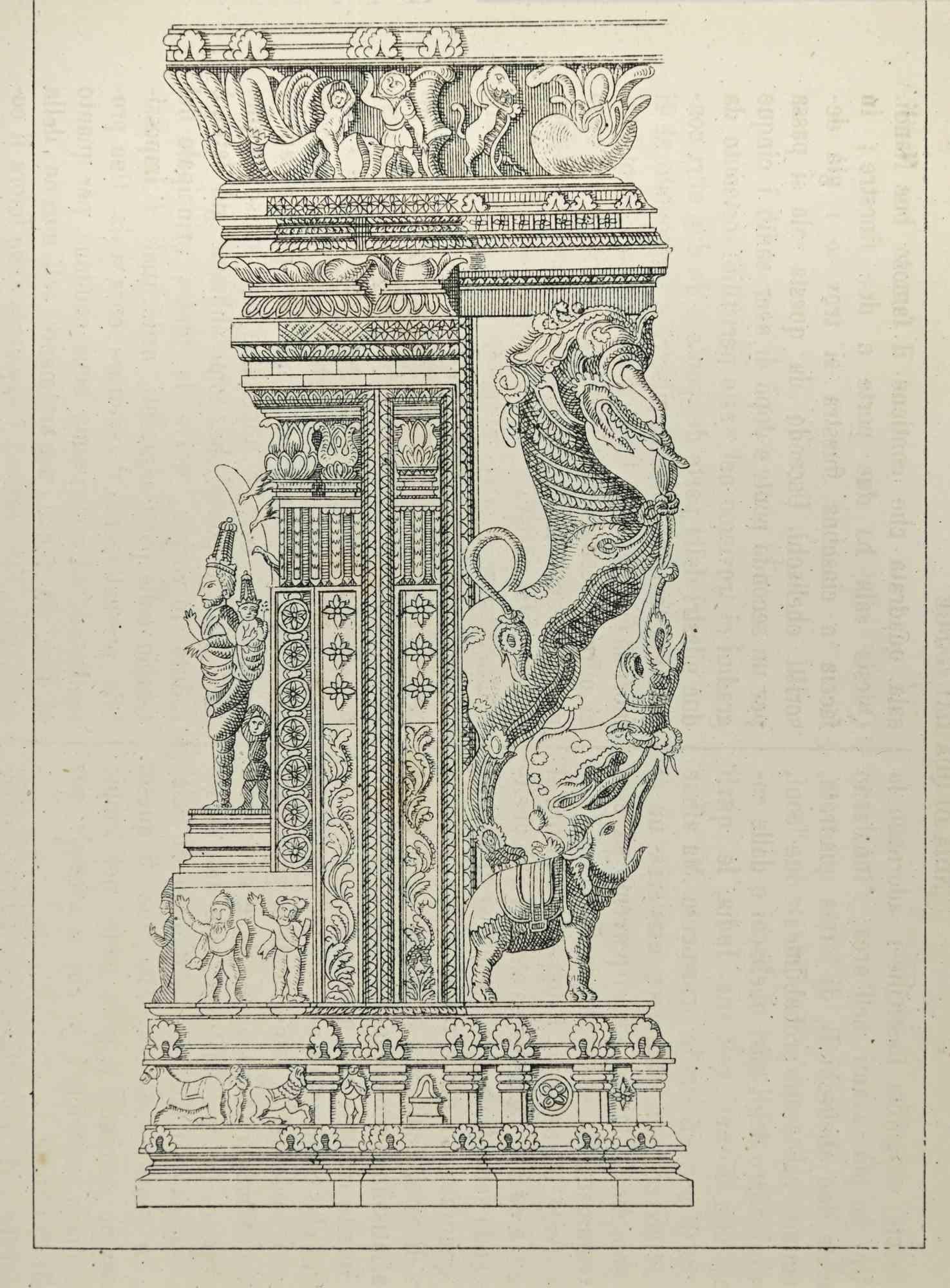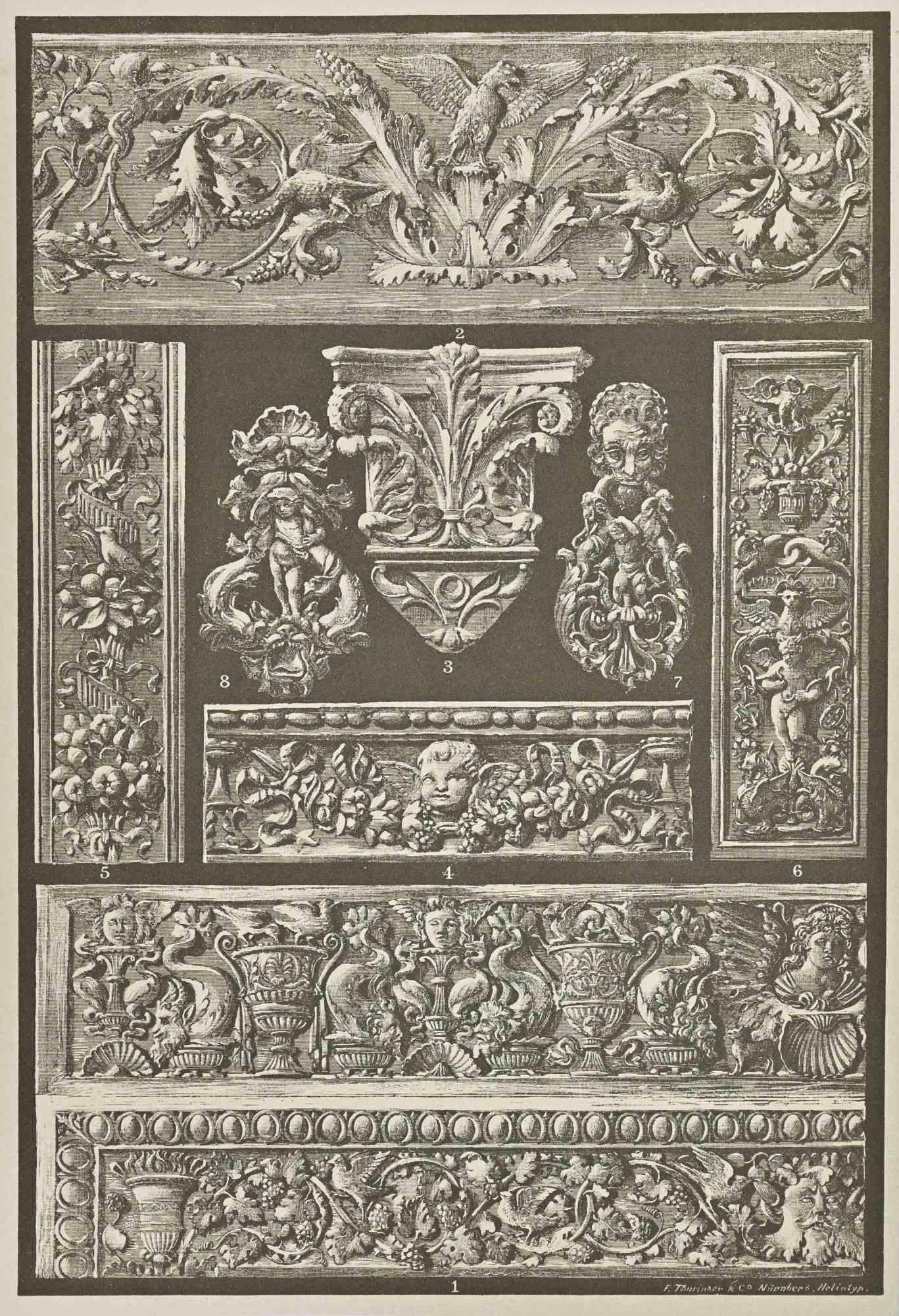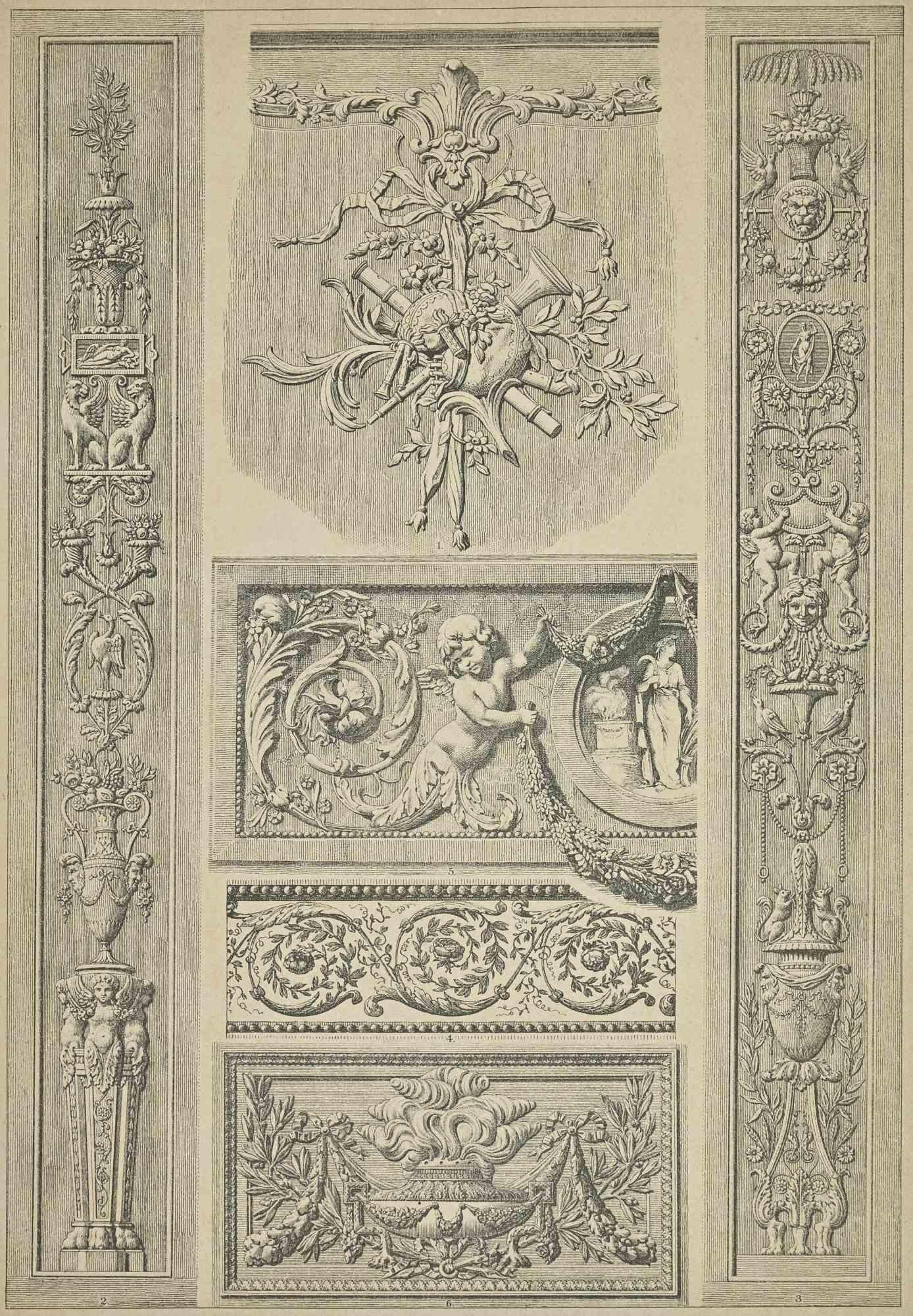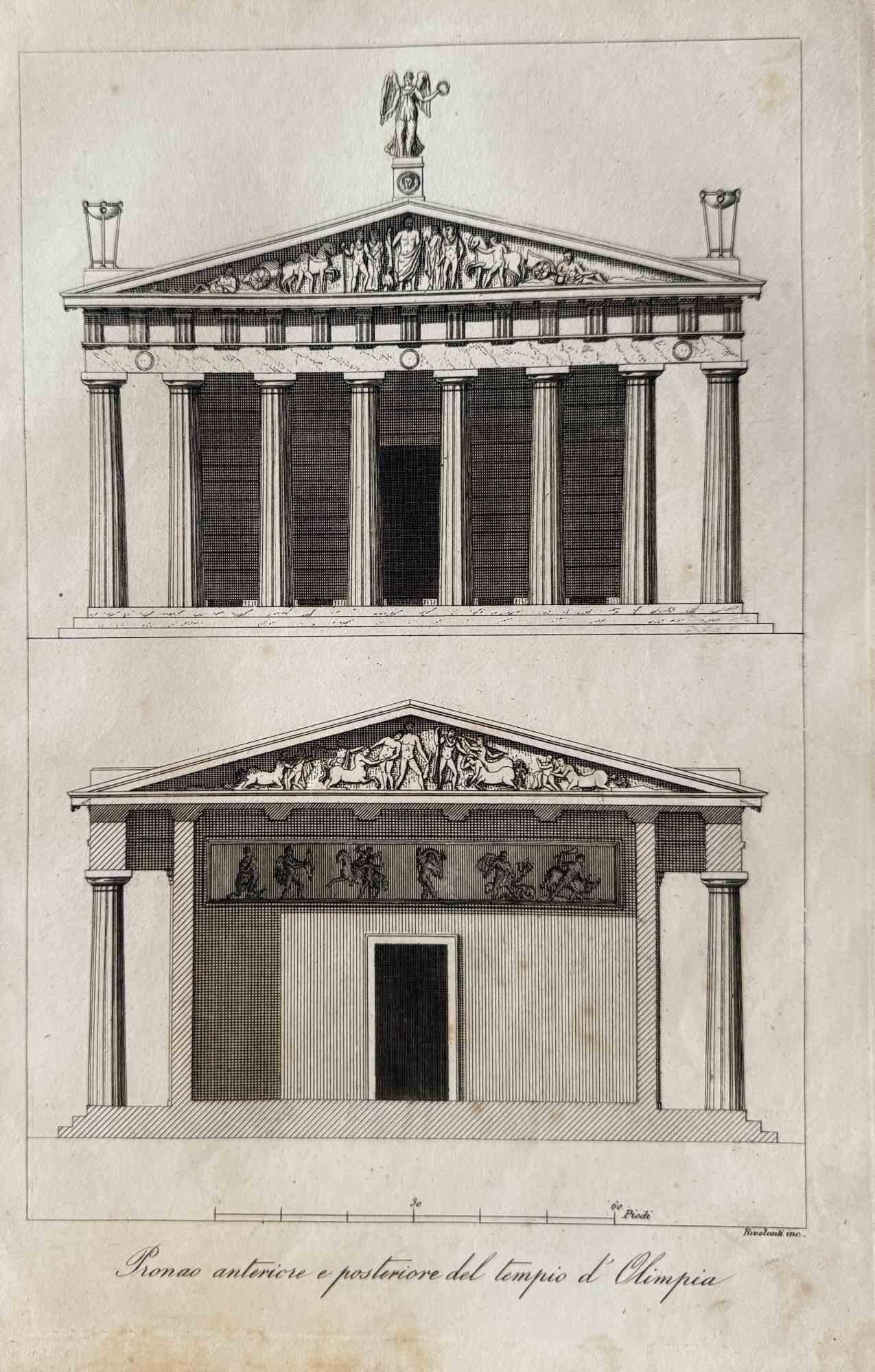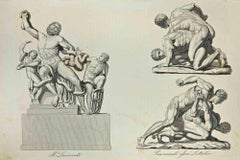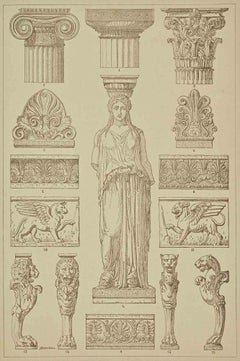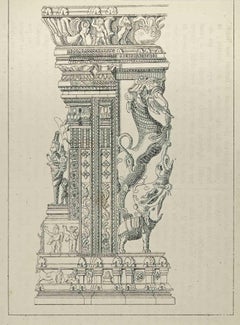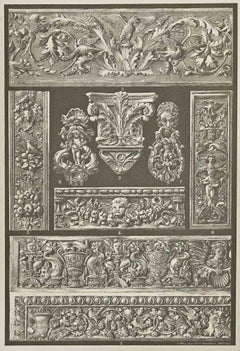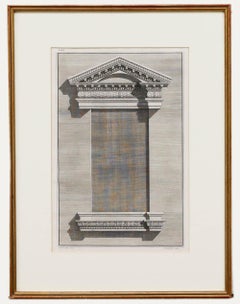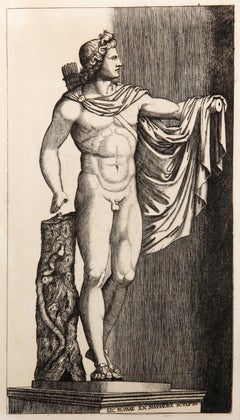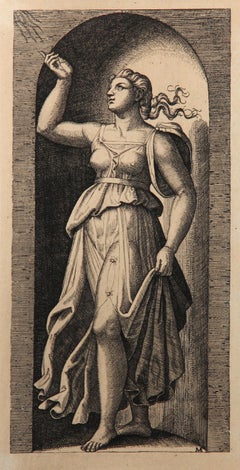Items Similar to Divinity (from Parthenon) - Woodcut Print - 1862
Want more images or videos?
Request additional images or videos from the seller
1 of 2
UnknownDivinity (from Parthenon) - Woodcut Print - 18621862
1862
$236.96
£179.47
€200
CA$330.31
A$359.53
CHF 189.38
MX$4,376.42
NOK 2,371.52
SEK 2,226.43
DKK 1,523.48
About the Item
Divinity is an artwork realized from 1856 to 1862 .
Black and white woodcut.
- Creation Year:1862
- Dimensions:Height: 4.53 in (11.5 cm)Width: 7.88 in (20 cm)Depth: 0.04 in (1 mm)
- Medium:
- Movement & Style:
- Period:
- Framing:Framing Options Available
- Condition:Insurance may be requested by customers as additional service, contact us for more information.
- Gallery Location:Roma, IT
- Reference Number:Seller: T-1546151stDibs: LU650316305252
About the Seller
4.9
Platinum Seller
Premium sellers with a 4.7+ rating and 24-hour response times
1stDibs seller since 2017
7,776 sales on 1stDibs
Typical response time: 2 hours
- ShippingRetrieving quote...Shipping from: Grasse, France
- Return Policy
Authenticity Guarantee
In the unlikely event there’s an issue with an item’s authenticity, contact us within 1 year for a full refund. DetailsMoney-Back Guarantee
If your item is not as described, is damaged in transit, or does not arrive, contact us within 7 days for a full refund. Details24-Hour Cancellation
You have a 24-hour grace period in which to reconsider your purchase, with no questions asked.Vetted Professional Sellers
Our world-class sellers must adhere to strict standards for service and quality, maintaining the integrity of our listings.Price-Match Guarantee
If you find that a seller listed the same item for a lower price elsewhere, we’ll match it.Trusted Global Delivery
Our best-in-class carrier network provides specialized shipping options worldwide, including custom delivery.More From This Seller
View AllAncient Greek Sculptures - Lithograph - 1862
Located in Roma, IT
Ancient Greek Sculptures is a lithograph on paper realized in 1862.
The artwork belongs to the Suite Uses and customs of all the peoples of the univers...
Category
1860s Modern Figurative Prints
Materials
Lithograph
Greek Sculpture- Lithograph - 19th Century
Located in Roma, IT
Greek Sculpture is an artwork realized in 19th century.
Lithograph on paper.
Category
19th Century Modern Figurative Prints
Materials
Lithograph
Architectural Design - Lithograph - 1862
Located in Roma, IT
Architectural Design is a lithograph on paper realized in the 19th Century.
Good conditions with slight foxing.
Category
1860s Modern Figurative Prints
Materials
Paper, Lithograph
Italian Renaissance - Lithograph - 19th Century
Located in Roma, IT
Italian Renaissance is an artwork realized in 19th century.
Lithograph on paper.
The artwork represents decorative bronze patterns of Italian Renaissance Architecture. The artwork...
Category
19th Century Modern Figurative Prints
Materials
Lithograph
French Baroque - Lithograph - 19th Century
Located in Roma, IT
French Baroque is an artwork realized in 19th century.
Lithograph on paper.
The artwork represents decorative patterns of French Renaissance Architecture. The artwork is depicted s...
Category
19th Century Modern Figurative Prints
Materials
Lithograph
Olympic Temple - Lithograph - 1862
Located in Roma, IT
Olympic Temple is a lithograph on paper realized in 1862.
The artwork belongs to the Suite Uses and customs of all the peoples of the universe: " History of the government, of the l...
Category
1860s Modern Figurative Prints
Materials
Lithograph
You May Also Like
After Paul Fourdrinier - 19th Century Engraving, The Ruins of Palmyra I
Located in Corsham, GB
This architectural drawing showcases the intricate details of a classical column and entablature, emphasising the ornate pediment and decorative frieze.
The original plate was made ...
Category
19th Century Landscape Prints
Materials
Engraving
Three 19th C. Engravings of Classical Italian Bronze Architectural Elements
Located in Alamo, CA
A grouping of three engravings depicting classical Italian architectural features held in the National Museum of Naples, entitled "Bronze Hydria", "Marbre Naissance de Bacchus" and "...
Category
1880s Other Art Style Still-life Prints
Materials
Engraving
Appolon, Heliogravure by Marcantonio Raimondi
By Marcantonio Raimondi
Located in Long Island City, NY
Marcantonio Raimondi, After by Amand Durand, Italian (1480 - 1534) - Appolon, Year: 1875, Medium: Heliogravure, Size: 12 x 7 in. (30.48 x 17.78 cm), Printer: Amand Durand, Descrip...
Category
1870s Old Masters Prints and Multiples
Materials
Etching
La Foi, Old Masters Heliogravure Etching by Marcantonio Raimondi
By Marcantonio Raimondi
Located in Long Island City, NY
Marcantonio Raimondi, After by Amand Durand, Italian (1480 - 1534) - La Foi, Year: 1875, Medium: Heliogravure, Size: 9 x 4.75 in. (22.86 x 12.07 cm), Printer: Amand Durand, Descri...
Category
1870s Old Masters Prints and Multiples
Materials
Etching
After P. Fourdrinier - 19th Century Engraving, Ruins of Baalbek
Located in Corsham, GB
This architectural drawing showcases the intricate details of a classical column and entablature, focusing on the ornate pediment and frieze.
The original plate was created in 1757 ...
Category
19th Century Landscape Prints
Materials
Engraving
Hellenistic Figure, Lithograph by Peter Saari
By Peter Saari
Located in Long Island City, NY
Hellenistic Figure
Peter Saari, American (1951)
Date: circa 1979
Lithograph, signed and numbered in pencil
Edition of AP 30
Image Size: 17 x 13 inches
Size: 27 in. x 21 in. (68.58 cm...
Category
1970s Conceptual Abstract Prints
Materials
Lithograph
More Ways To Browse
Thomas McKnight On Sale
Tokuriki Tomikichiro
Tracey Emin Heart
Vampire Vintage Art
Van Gogh Etching
Vegetable Dog
Vick Vibha
Vintage 1960s Fashion Illustration
Vintage Athena Prints
Vintage Braniff Posters
Vintage French Posters Nude
Vulgate Bible
Walter Henry Williams
Wesselmann Foot
Western Airlines Poster
Whistler Original Print
William Greengrass
Winslow Homer Etchings
